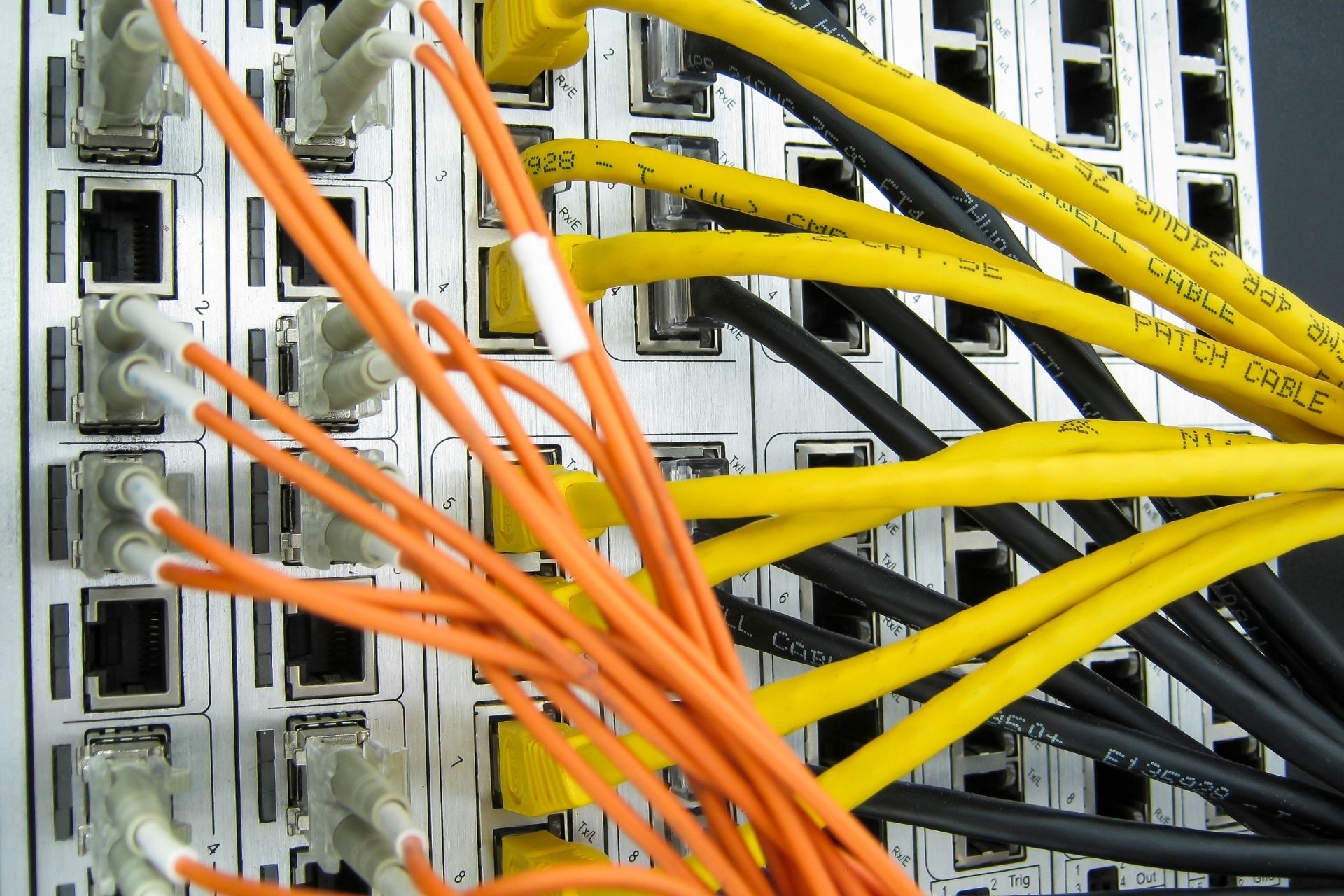Software-Defined Networking (SDN) Integration
How does SDN integration impact network scalability and flexibility?
The integration of SDN into a network infrastructure can significantly impact scalability and flexibility. By separating the control plane from the data plane, SDN allows for centralized management and programming of network devices. This centralized control enables easier scaling of network resources, as administrators can dynamically allocate bandwidth and adjust network configurations as needed. Additionally, SDN's programmability enhances flexibility by enabling the implementation of new services and applications without the need for manual configuration on individual devices.



